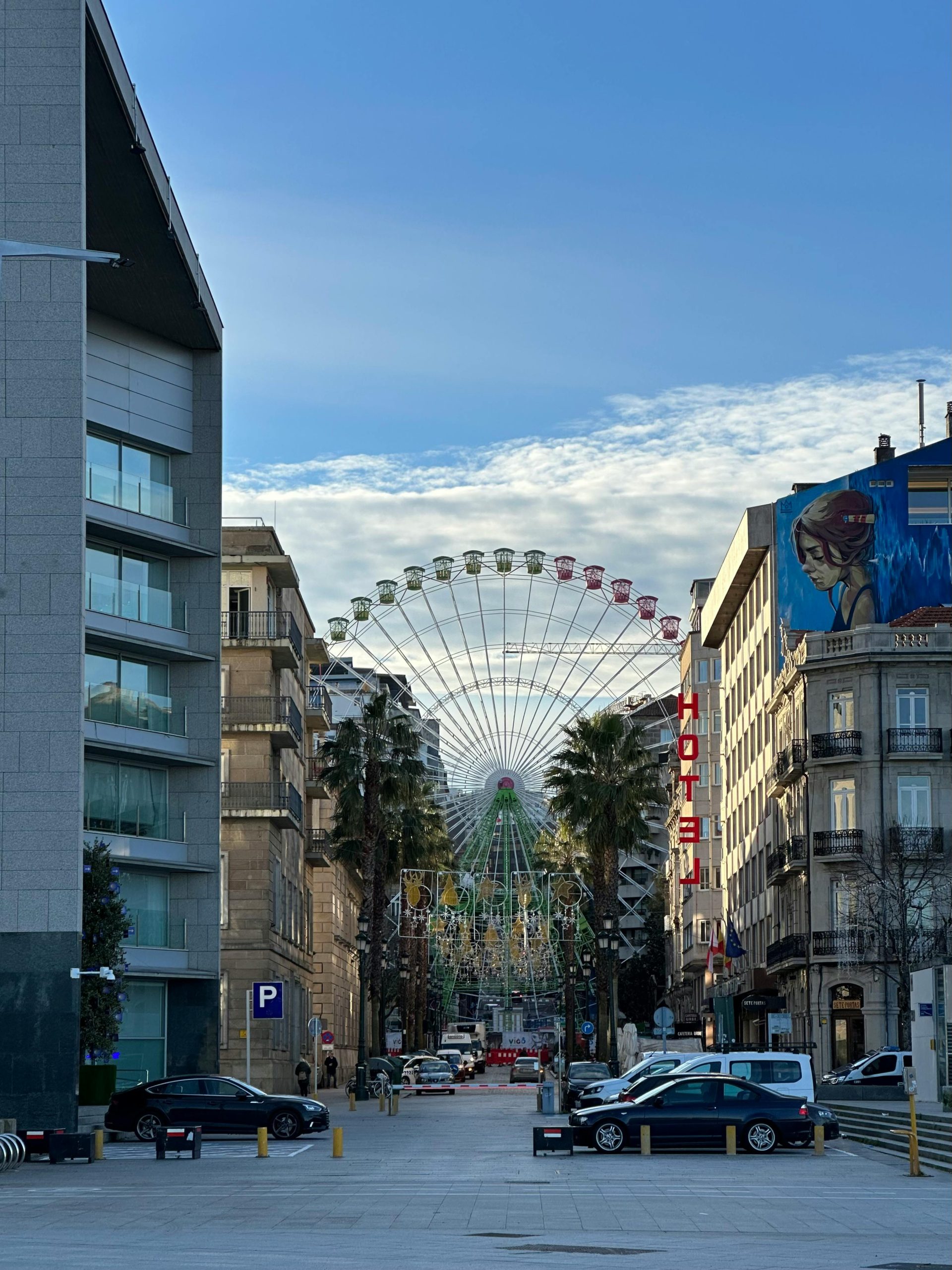Exploring London’s Underground: Is There a Subterranean Sewer Network Like New York’s?
When discussing urban infrastructure, cities often conjure up images of mysterious and intricate systems hiding beneath their streets. Take New York City, for instance, which has established a quirky pop culture reputation thanks to its extensive sewer network—something that countless movies and shows have depicted as a labyrinthine playground for adventurous characters, including the famous Teenage Mutant Ninja Turtles.
This begs the question: does London feature a similar network of tunnels and sewers?
While it’s well-known that London possesses a functional sewer system, what many may not realize is that this historic city has an extensive underground network of passages that could intrigue the adventurous spirit. Unlike the iconic portrayals found in films, London’s sewer system isn’t widely recognized or explored in popular media.
So why doesn’t London’s underground infrastructure receive the same attention as its New York counterpart? The reasons could range from cultural perceptions to historical contexts. New York’s sewer system, with its representation in various forms of entertainment, has cultivated a unique urban mythology that highlights its underground intrigue. In contrast, London’s underbelly, while equally extensive and fascinating, hasn’t made its mark in the same way on screen or in literature.
As we delve deeper into this topic, it’s intriguing to consider what treasures the underground tunnels of London might hold and why they remain somewhat of an enigma in the realm of pop culture. If you’re ever in the city, exploring its rich history above ground might inspire curiosity to uncover the mysteries that lie beneath!
So, does London have its own version of the famed Ninja Turtle sewers? Absolutely—but perhaps it’s time for the world to take notice of what’s lurking below its streets!


Thank you for this fascinating exploration of London’s underground infrastructure. It’s true that London’s sewer system, notably the Victorian-era work of Joseph Bazalgette, is an architectural marvel in its own right—an engineering feat that effectively transformed the city’s sanitation and long-term health. However, unlike New York’s sewers, which have been romanticized and mythologized through media, London’s tunnels remain relatively underrepresented in popular culture.
Interestingly, London is home to a variety of underground sites that have captured public curiosity, such as the abandoned stations on the London Underground, the historic crypts beneath parts of the city, and even secret tunnels built during wartime. While the iconic “sewer” narrative might not be as prominent, there’s a treasure trove of subterranean history waiting to be uncovered and appreciated—whether through guided tours, archaeological excavations, or urban exploration initiatives.
Ultimately, both cities showcase the importance of urban infrastructure in shaping their identities—New York with its gritty, mythic sewers and London with its rich, layered underground history. Perhaps the next step is to elevate awareness of London’s subterranean stories, inspiring both locals and tourists to see the city from a new, hidden perspective.
Insight on London’s Underground Infrastructure
As a London resident with a keen interest in urban infrastructure, I find this topic truly fascinating. While London’s sewer network might not have the same pop culture mystique as New York’s, it certainly possesses a rich history and complex system worth exploring.
Some key points to consider include:
Overall, London’s underground infrastructure is a testament to historic engineering, resilience, and adaptation. While it may not have the pop culture allure that N.Y.’s sewers have garnered, it offers a unique